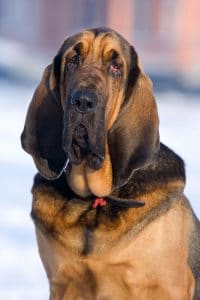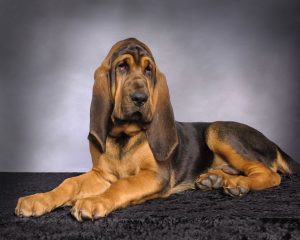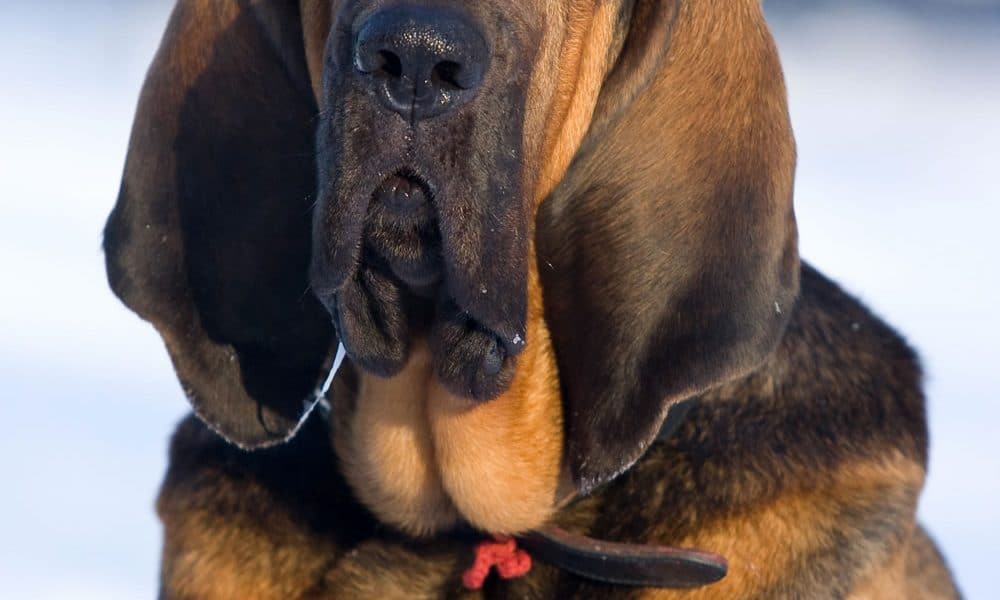
Background
The Bloodhound’s name supposedly means “hound of pure blood,” and is not to be mistakenly taken as “blood-seeking hound”. Records for the breed can be traced back to the 14th century. It was here that the rebel William Wallace of Scotland was successfully tracked by Sleuth Hounds, which later were determined to be the same breed with Bloodhound.
Physical Attributes
It is easy to spot a Bloodhound. They normally weighs at 36 to 50 kg and stands at 58 to 69 cm high. The normal coat colours of the bloodhounds are black and tan, liver and tan, or plain tan in the form of short and hard textured hair, but softer on the ears and head. Bloodhound has deeply sunk eyes and large open nostrils. The breed also has extra wrinkled skin hanging around the head and neck in folds. They are a very powerful breed that can bark frighteningly loudly.
The superior sense of smell is what distinguishes this breed from the others. Bloodhound can smell something that has already been left for hours or even days and it is still accurate. They have been useful for centuries in tracking and hunting activities, though they tend to not participate in the killing itself.

Personality & Health
Kind, patient, and noble, the Bloodhound is not very easy breed to obedience train. They like to take charge, and require a firm hand. Good with children and as part of a family, Bloodhounds are a gregarious breed and love to have people around them.
Bloodhounds need to be groomed once a week to remove their dead hair. This will also help them to look better, smell better and feel better. This breed can be prone to bloat so feeding and exercise regimes need to be tailored to minimise the risk of this occurring.


